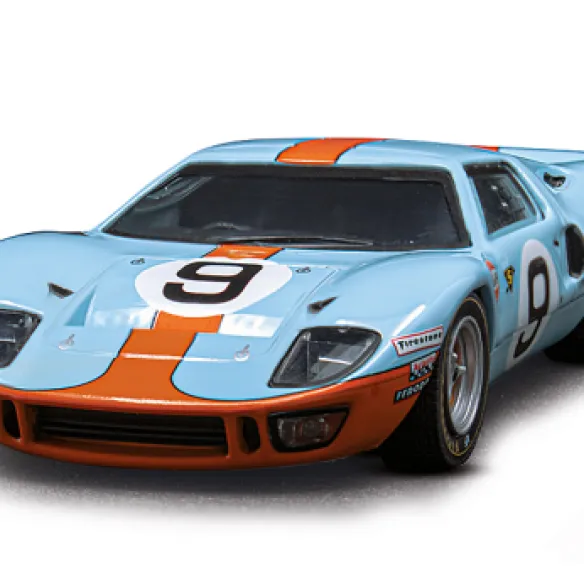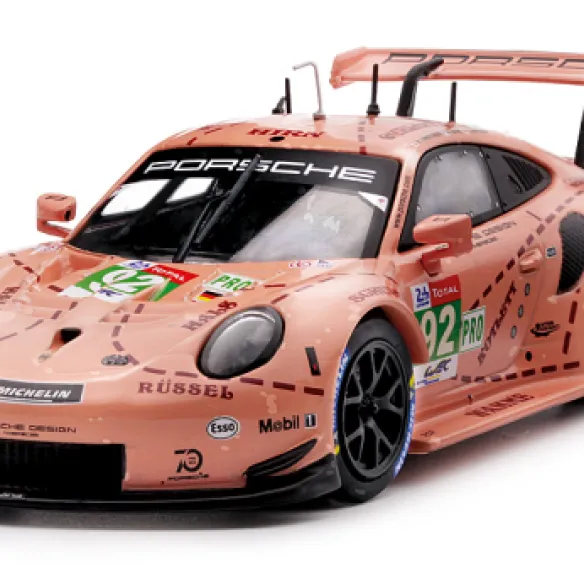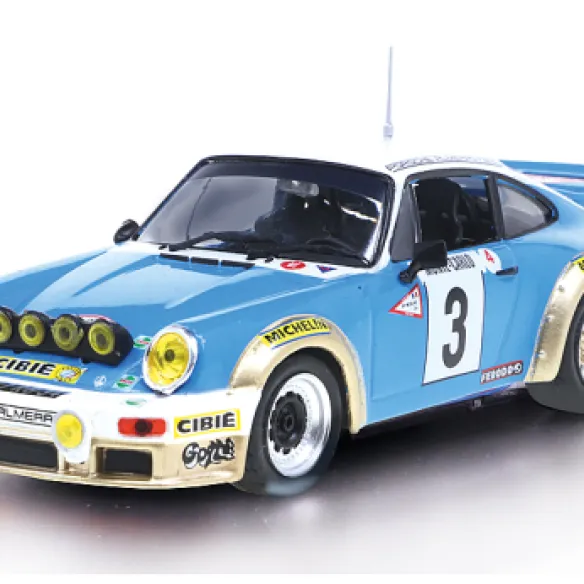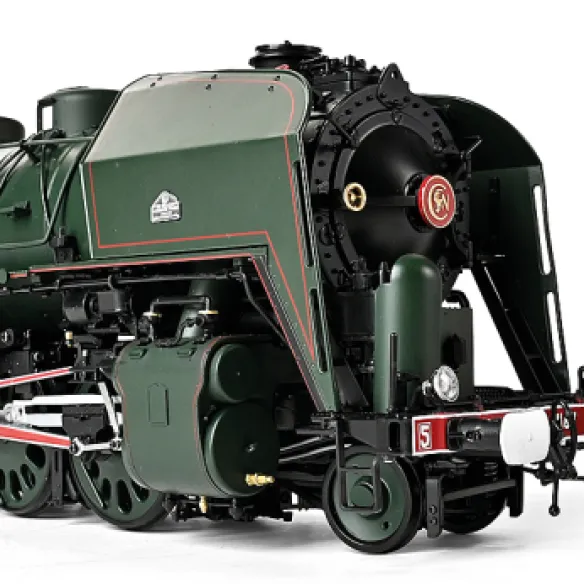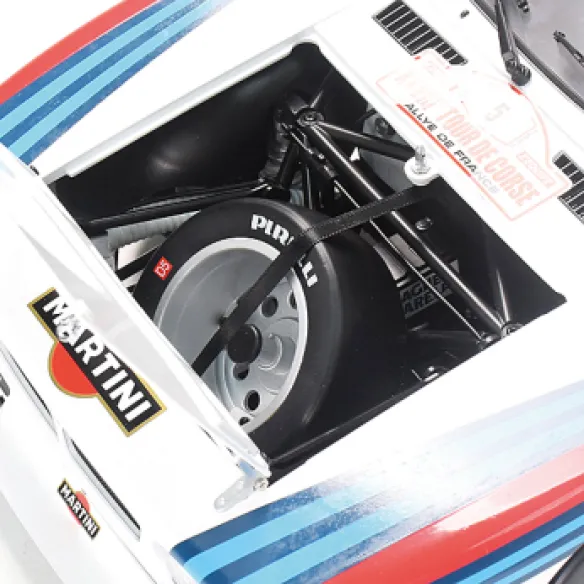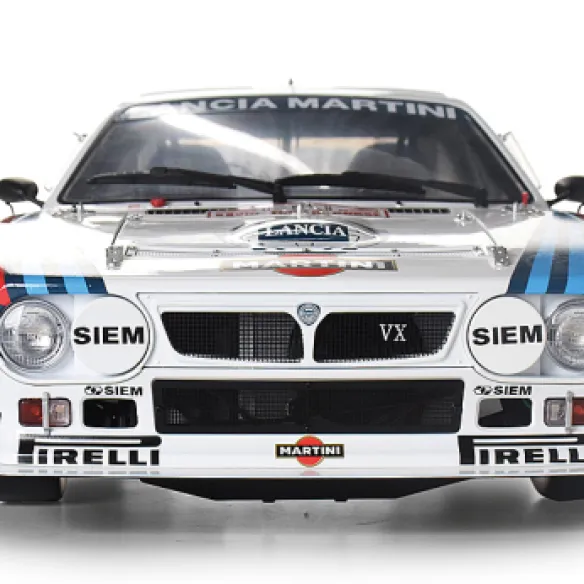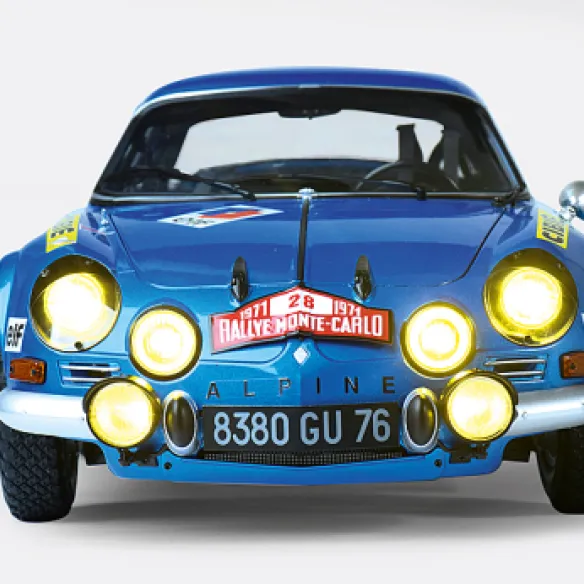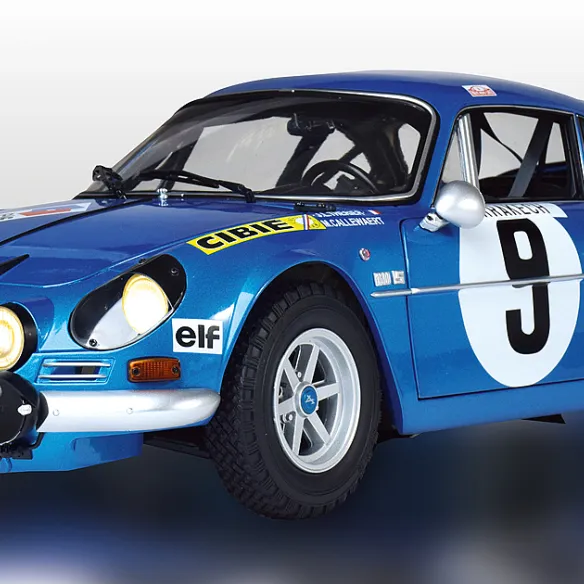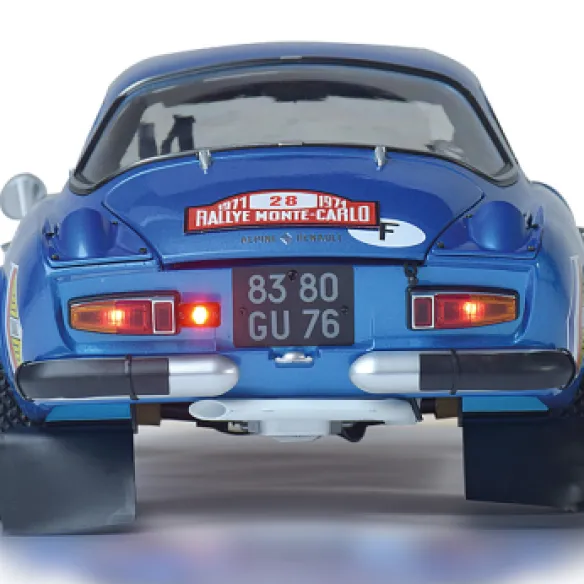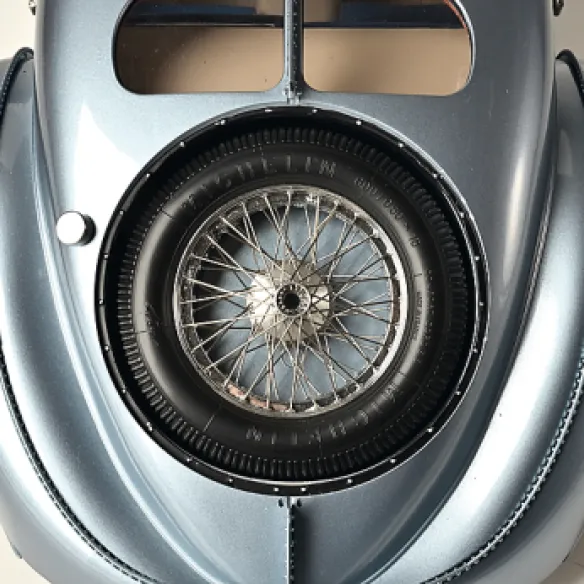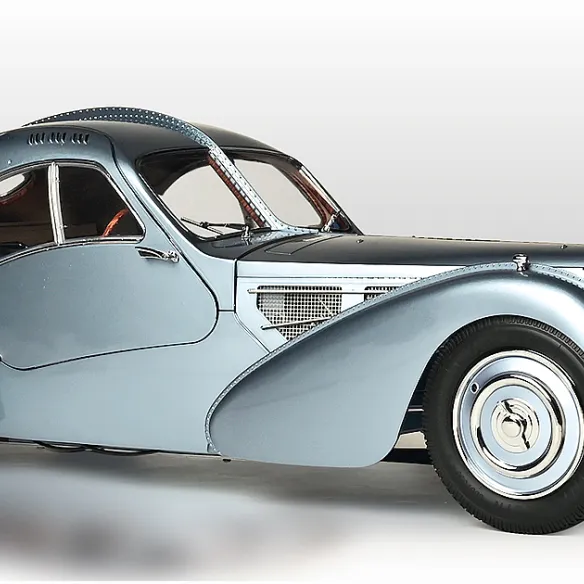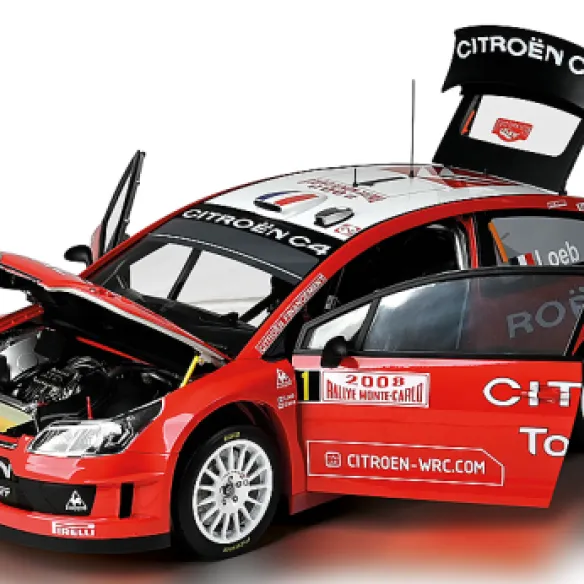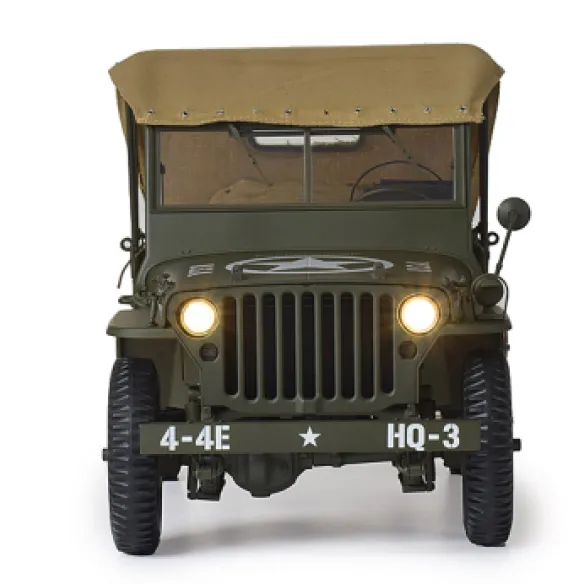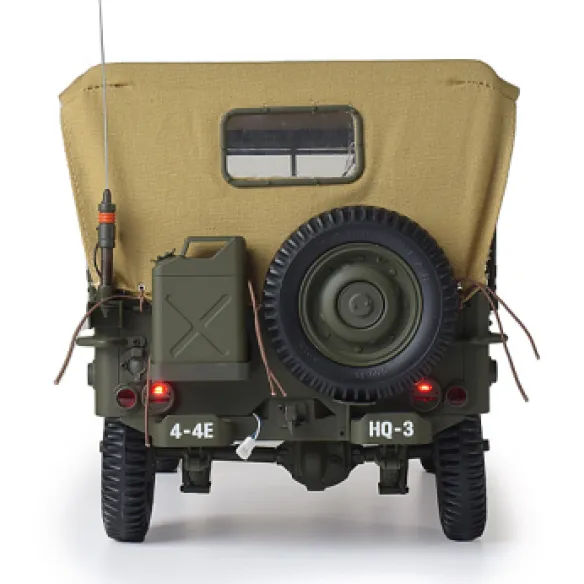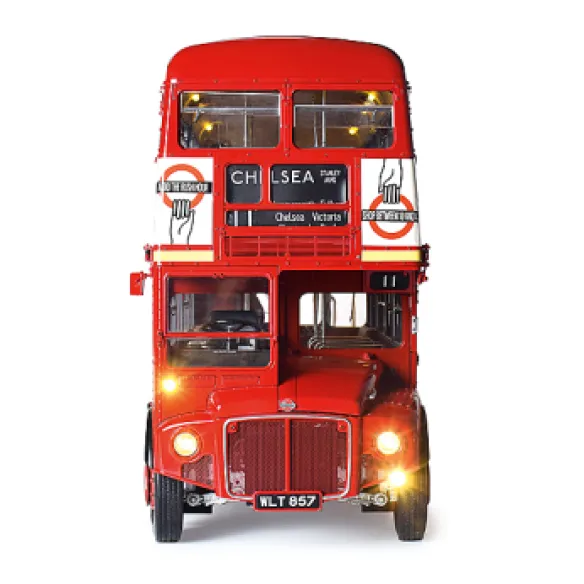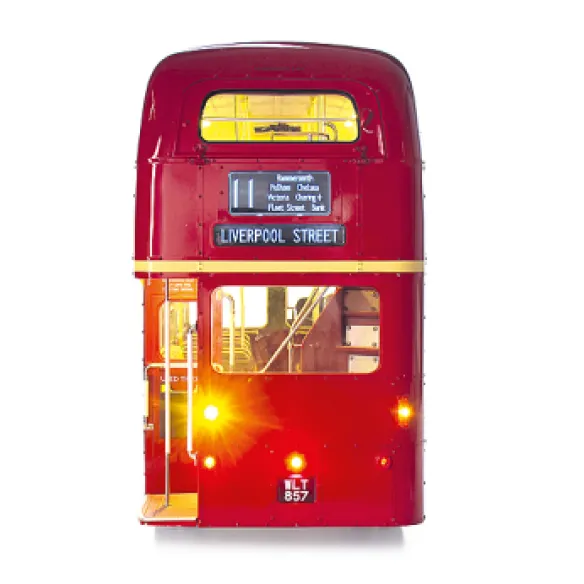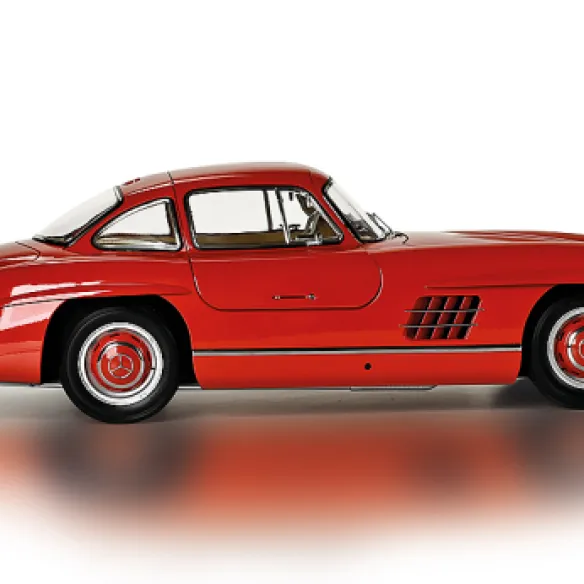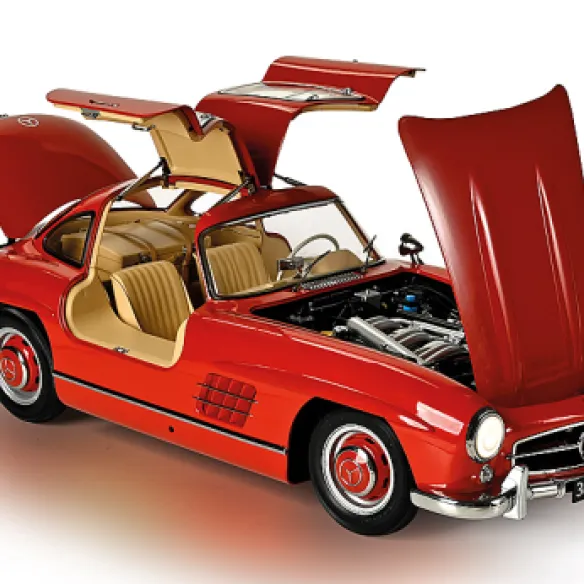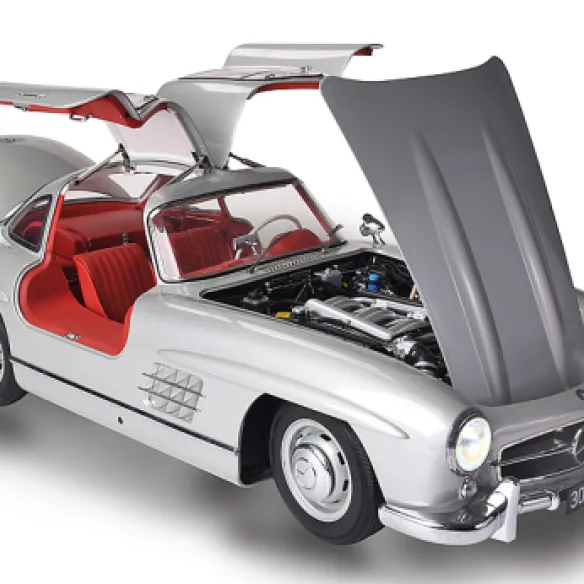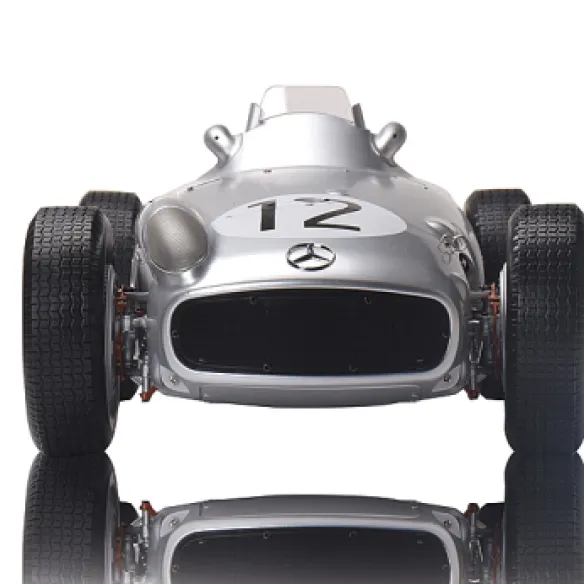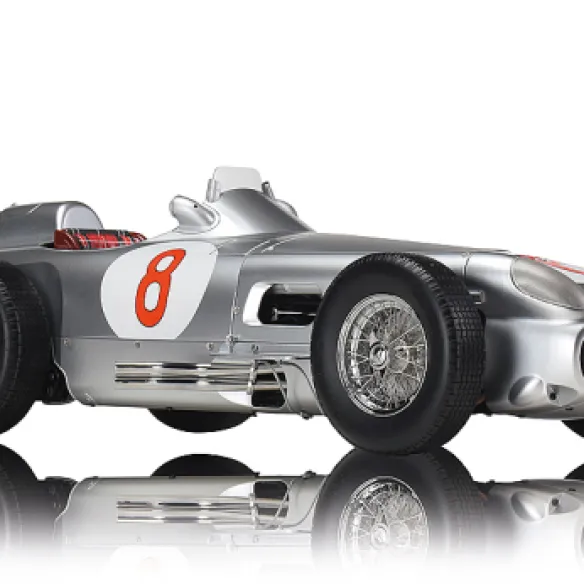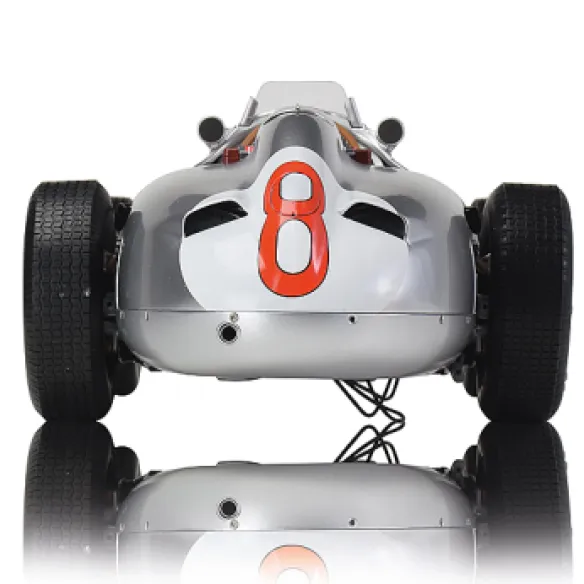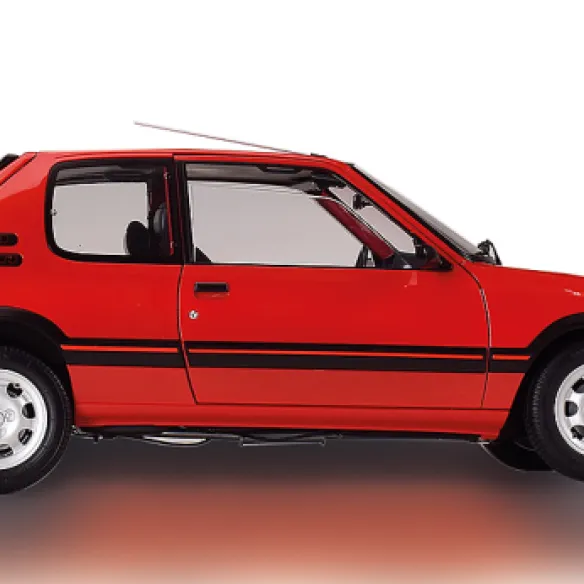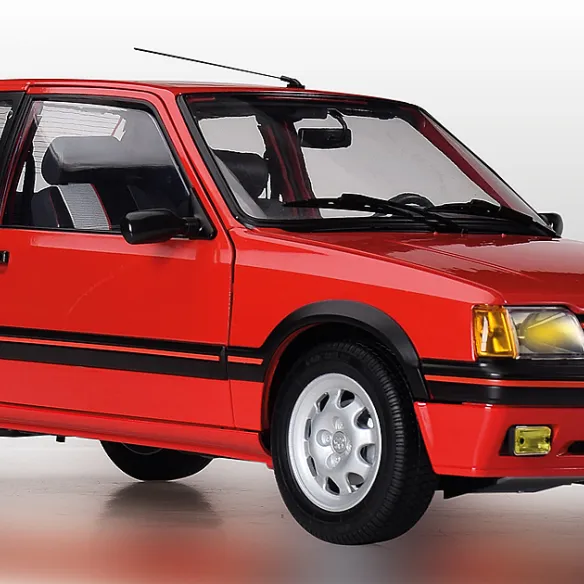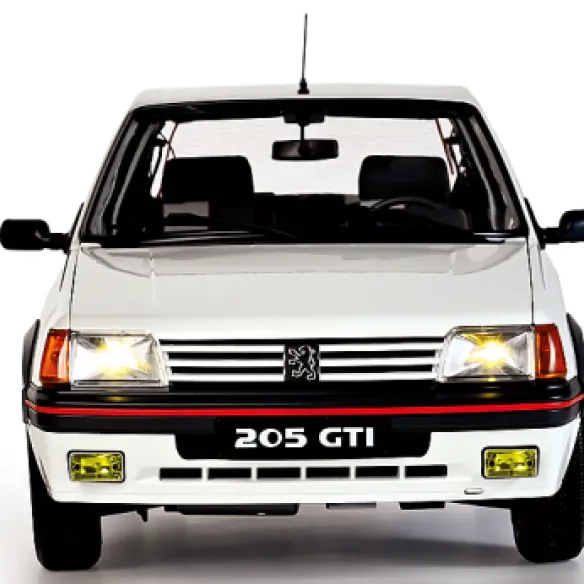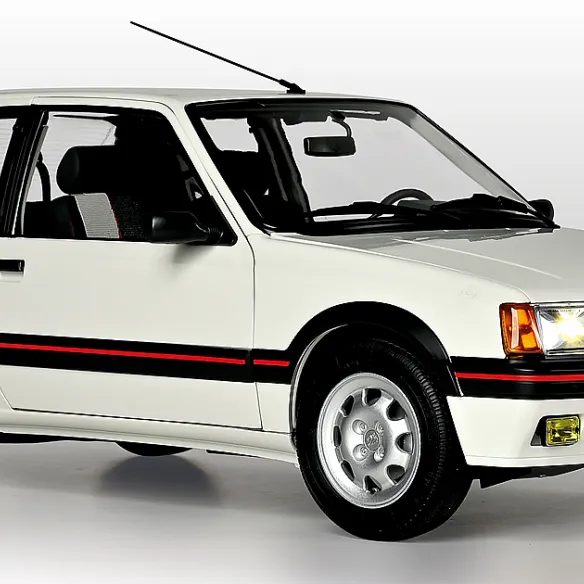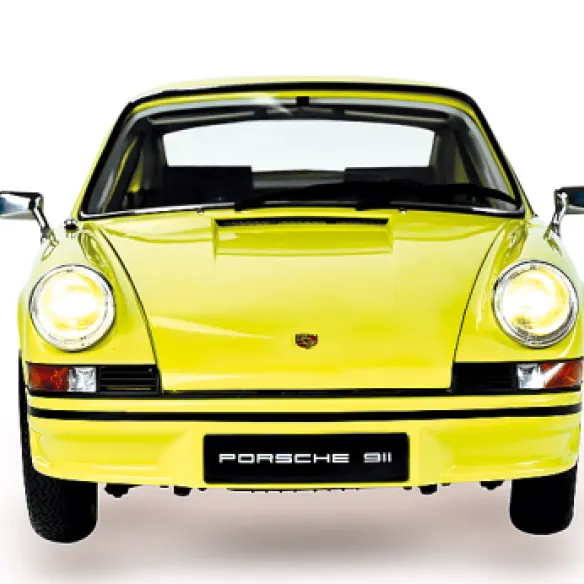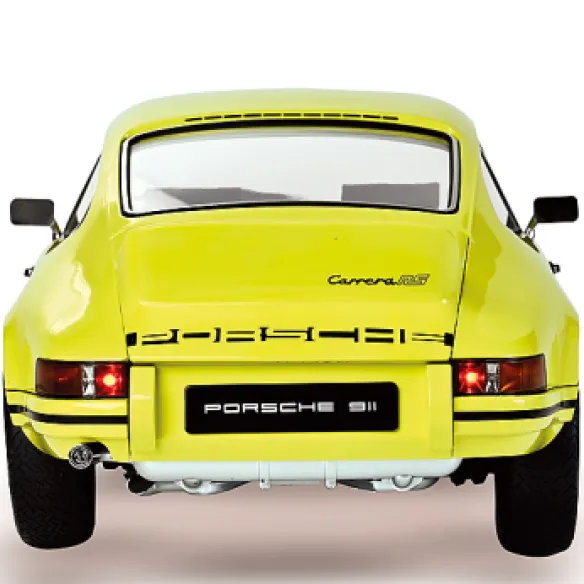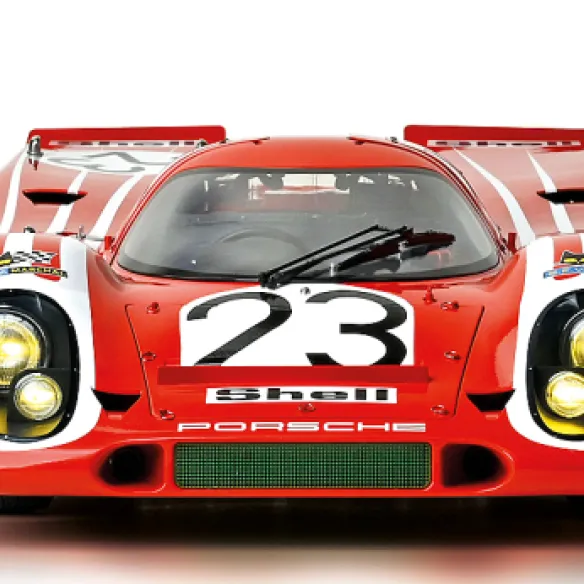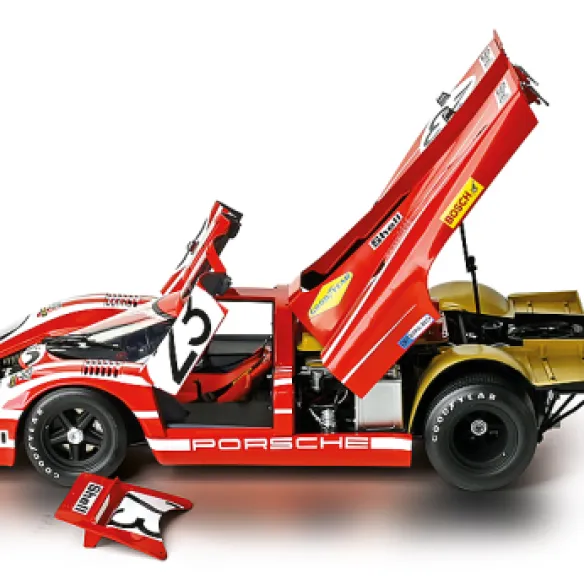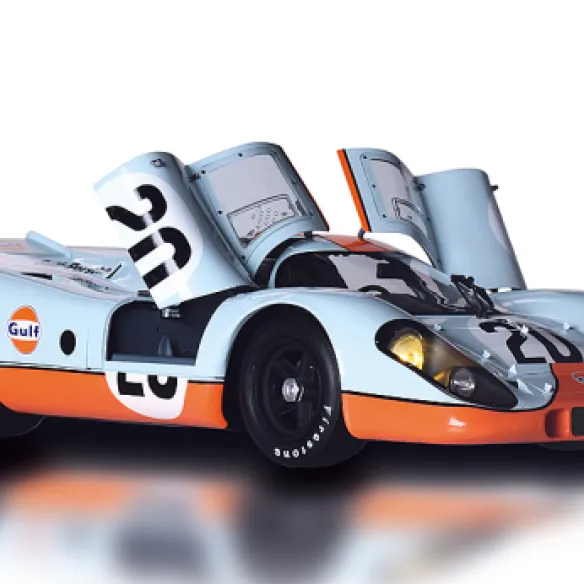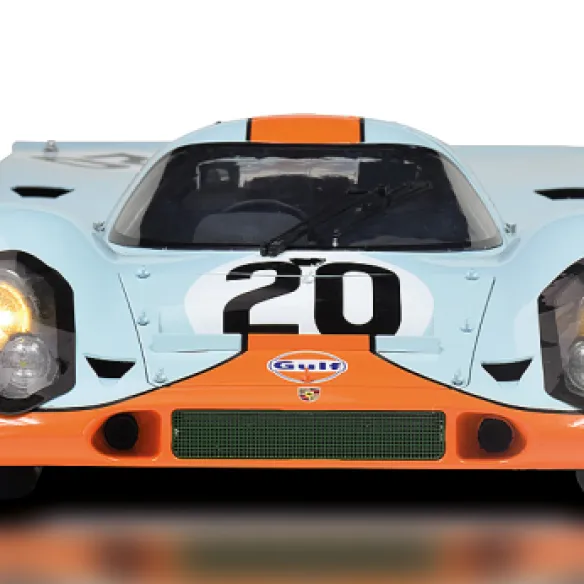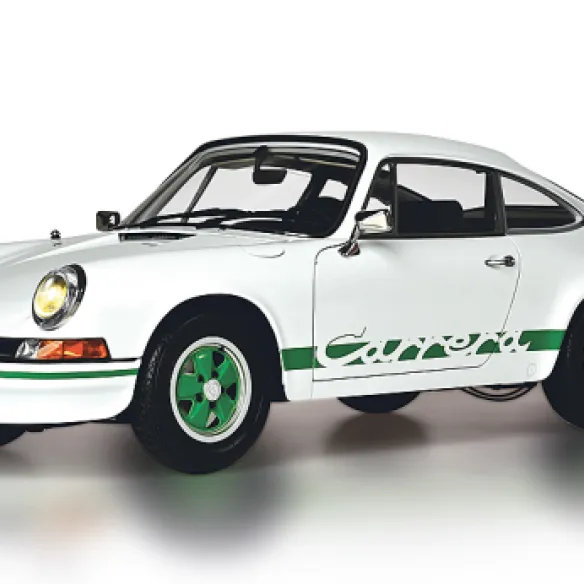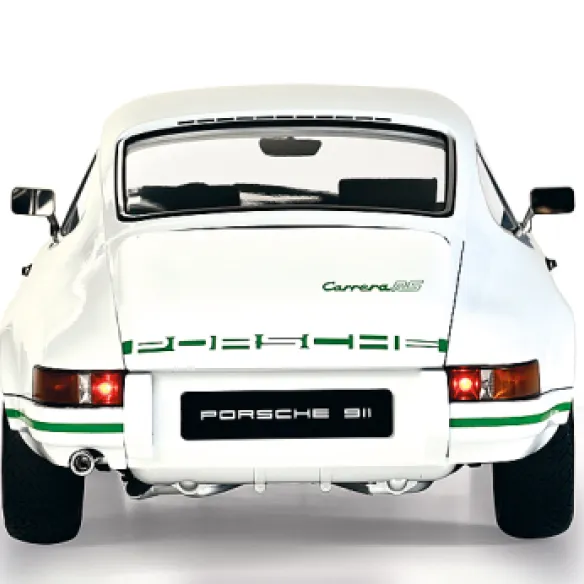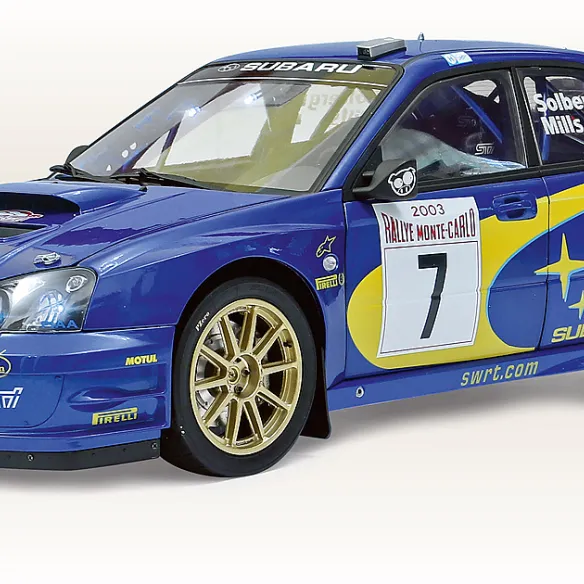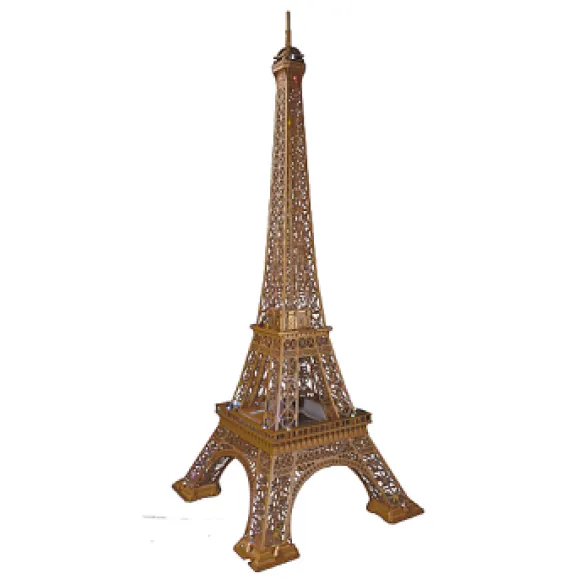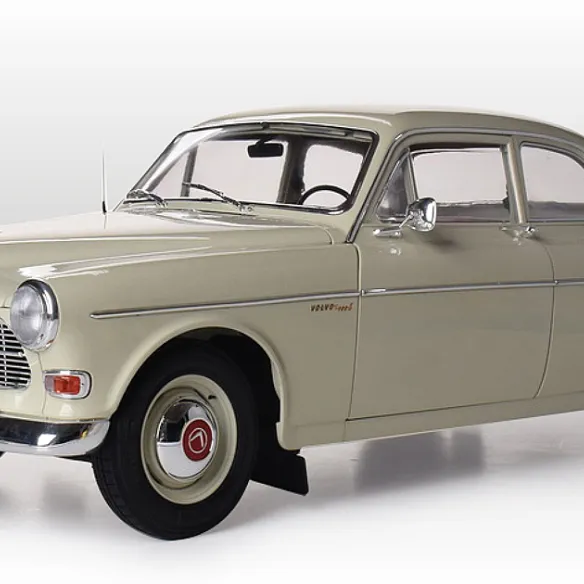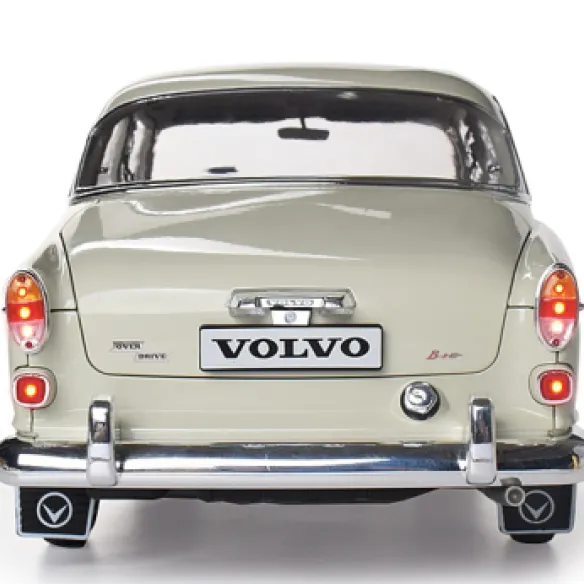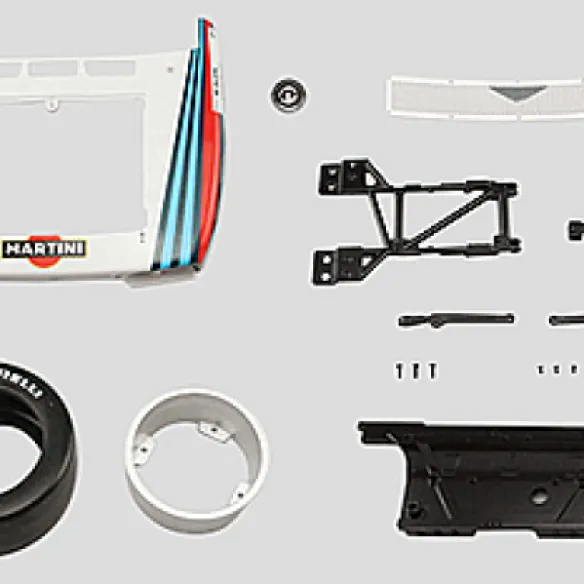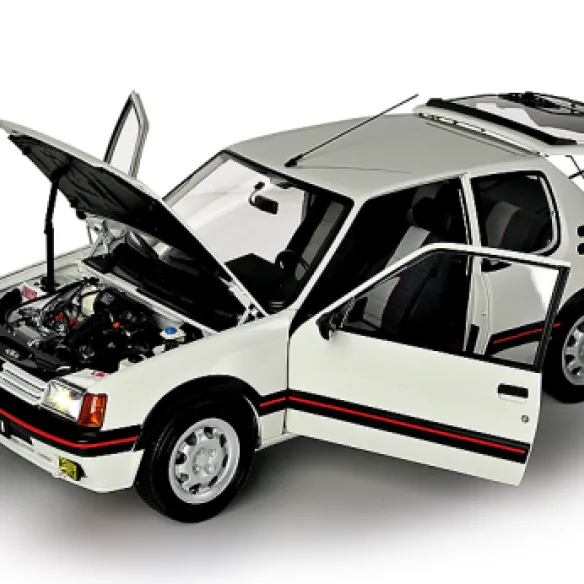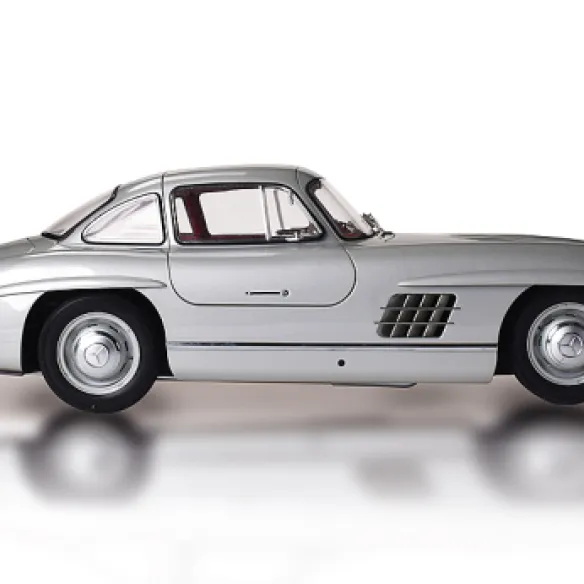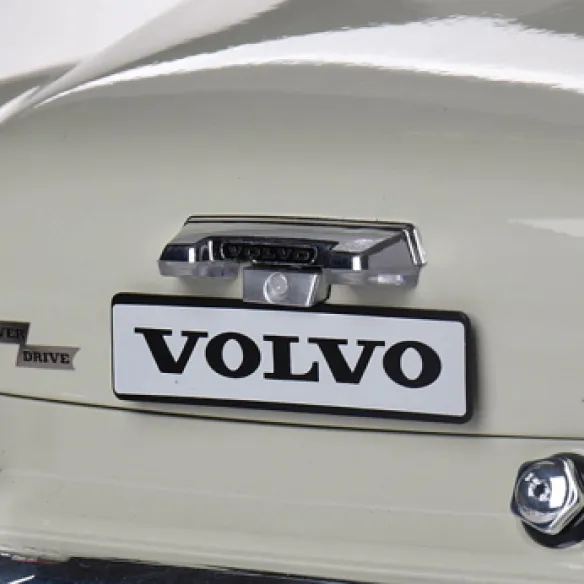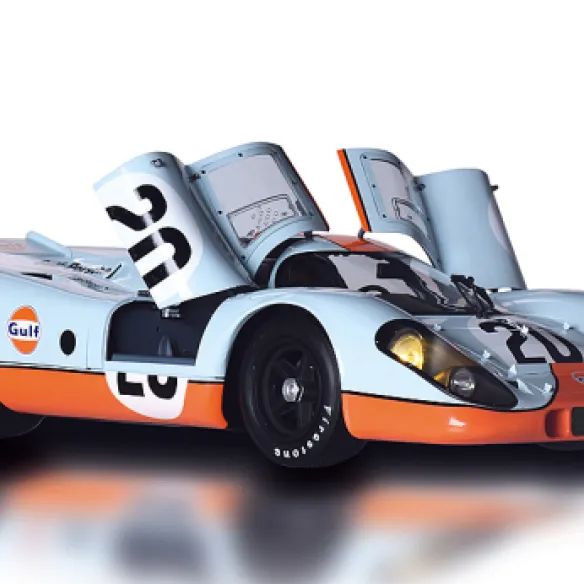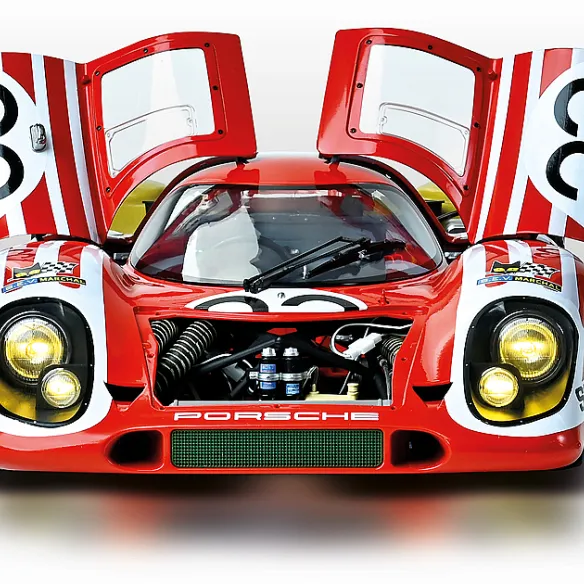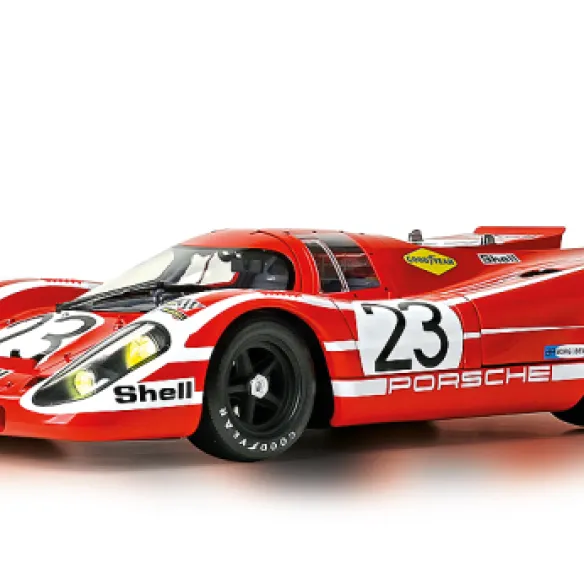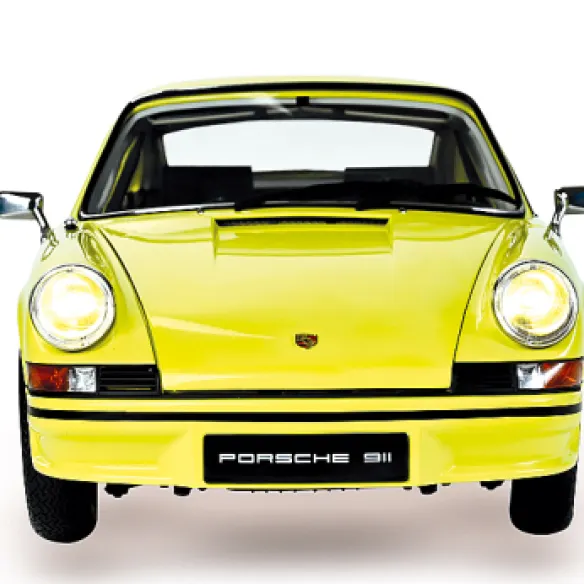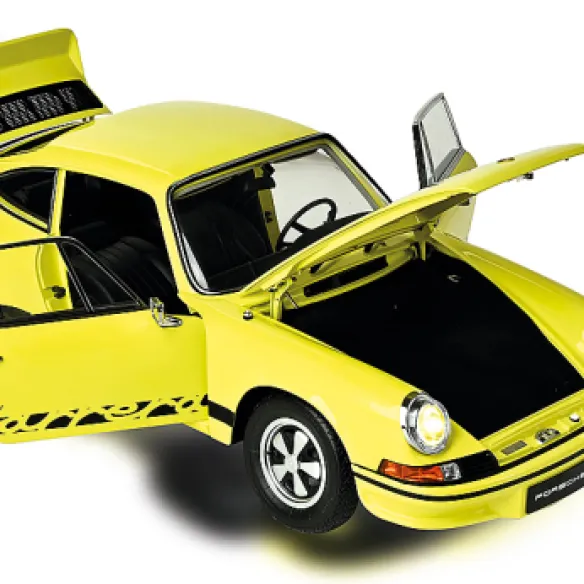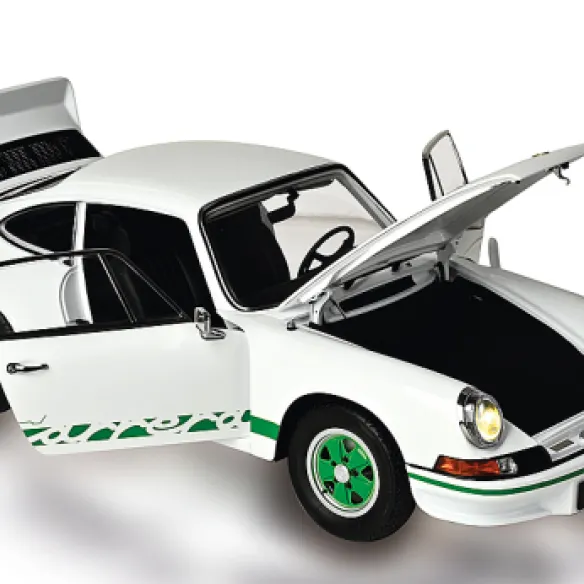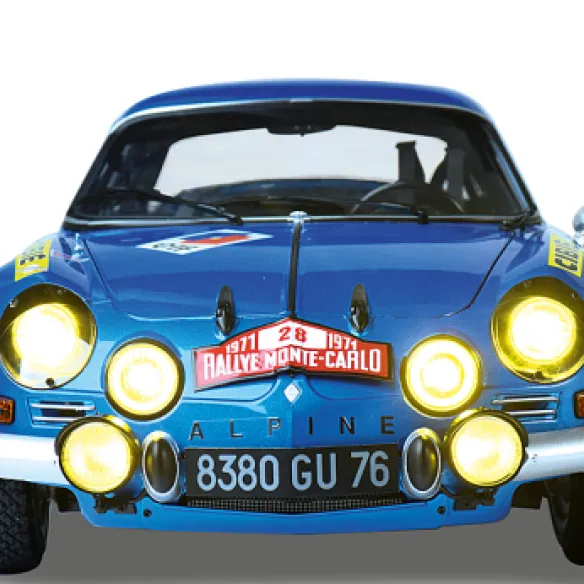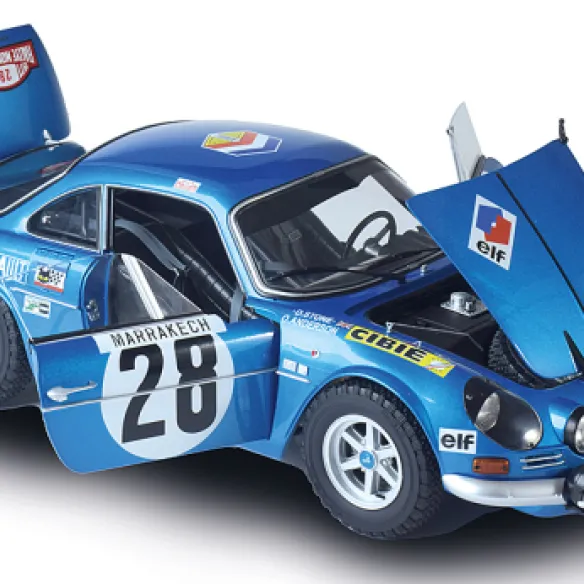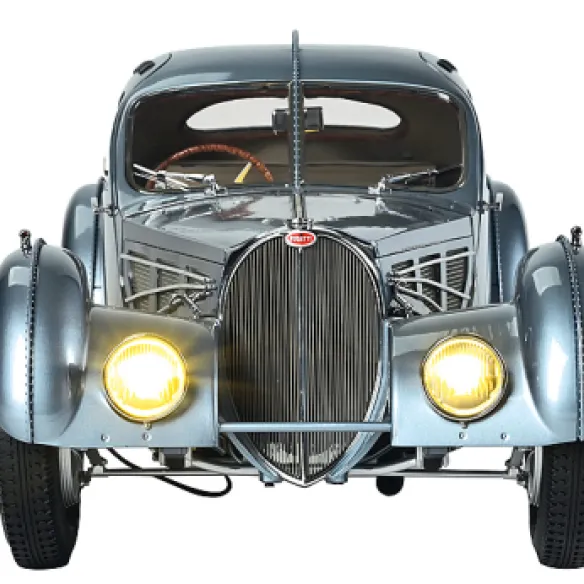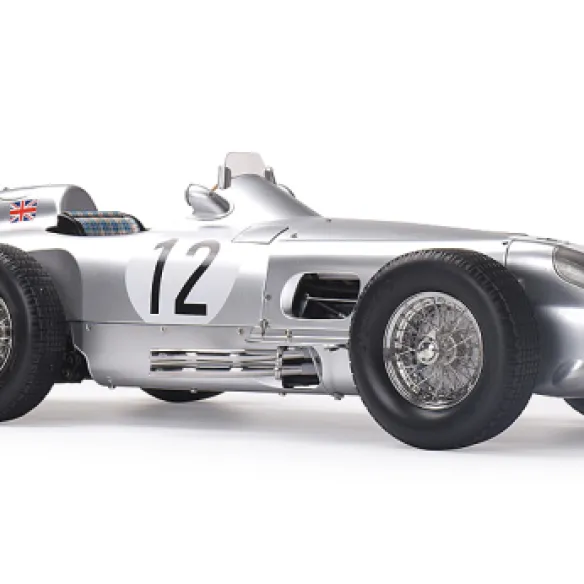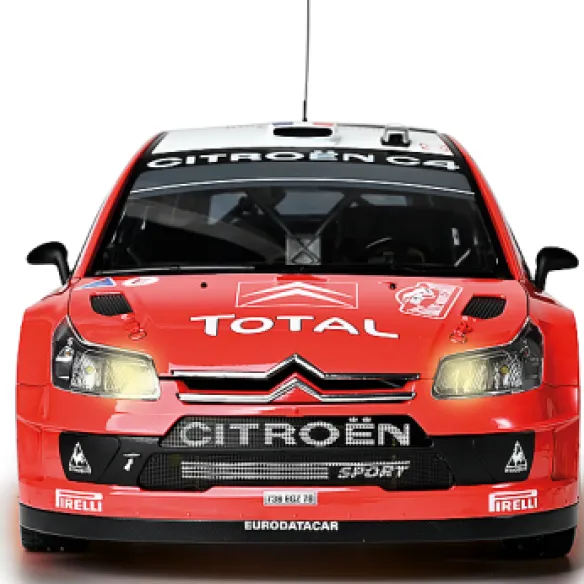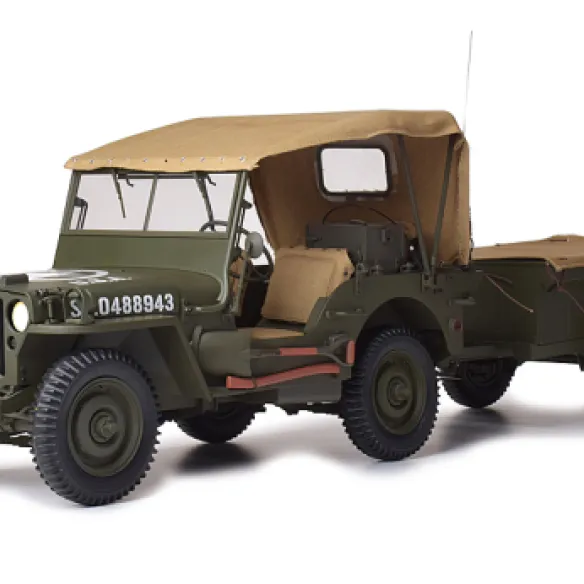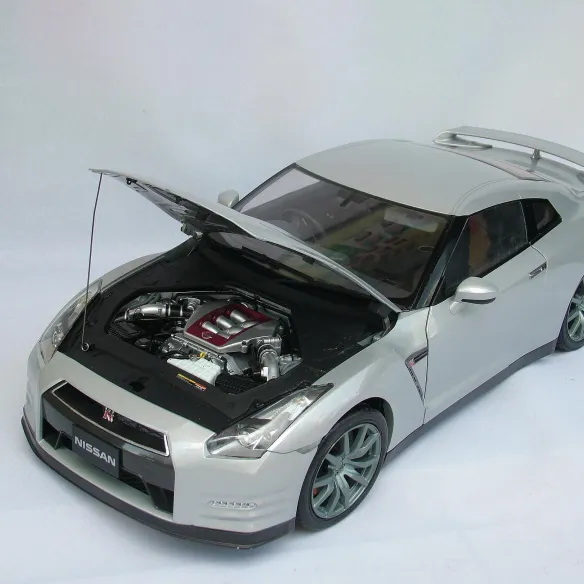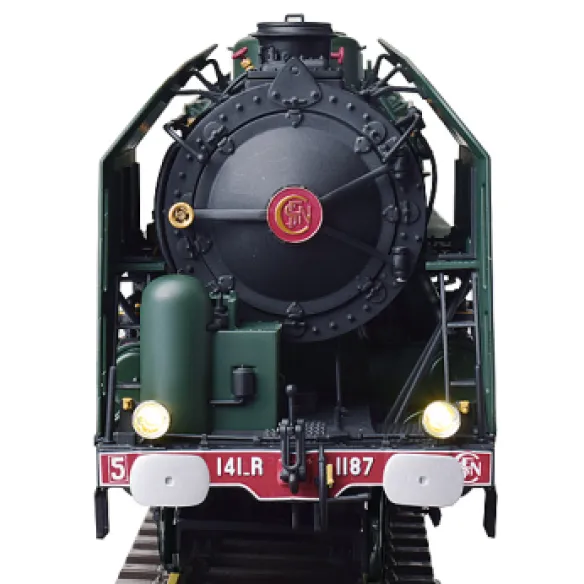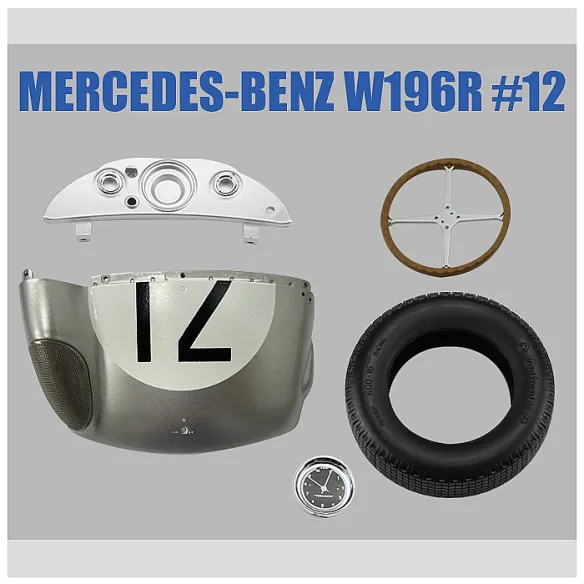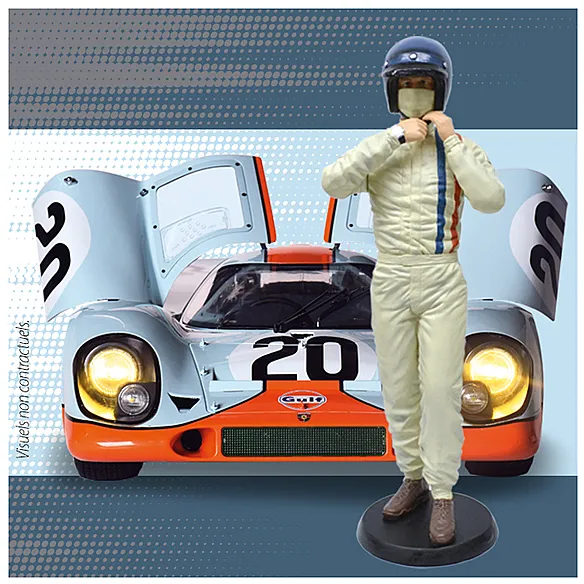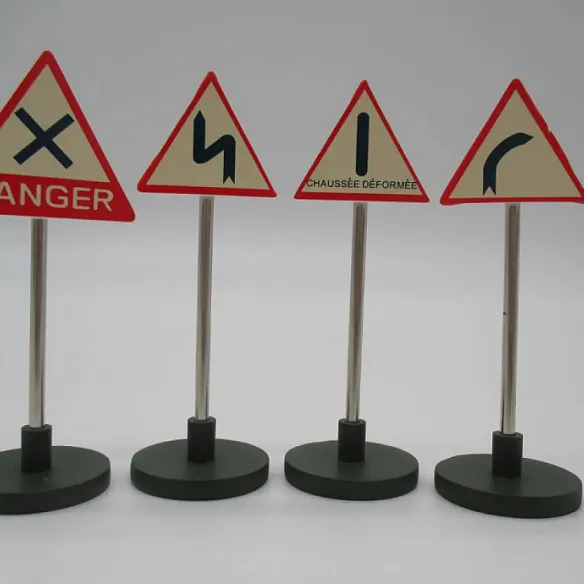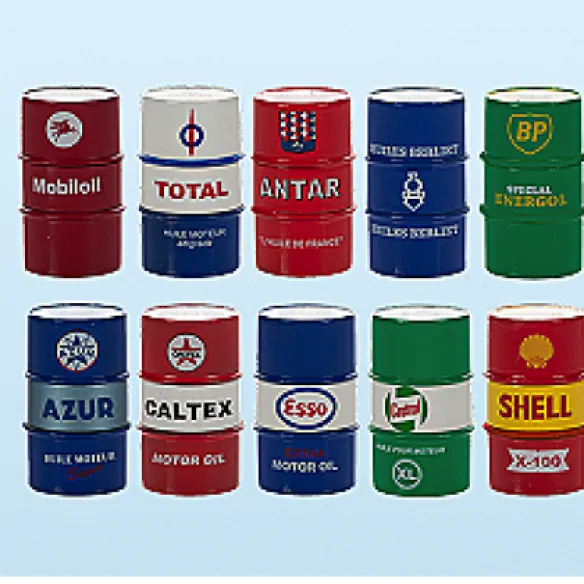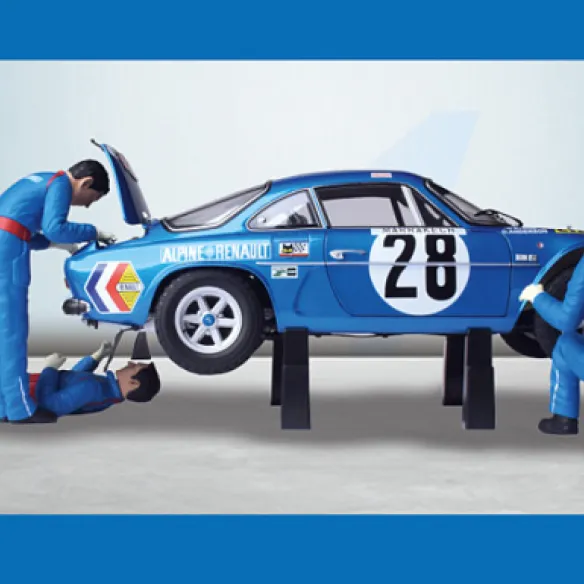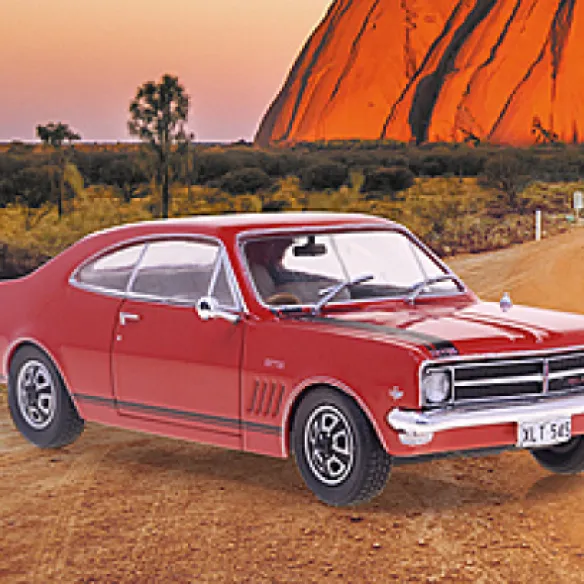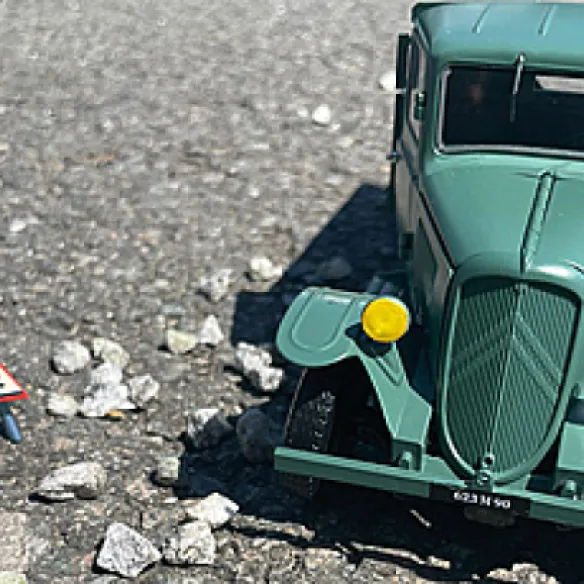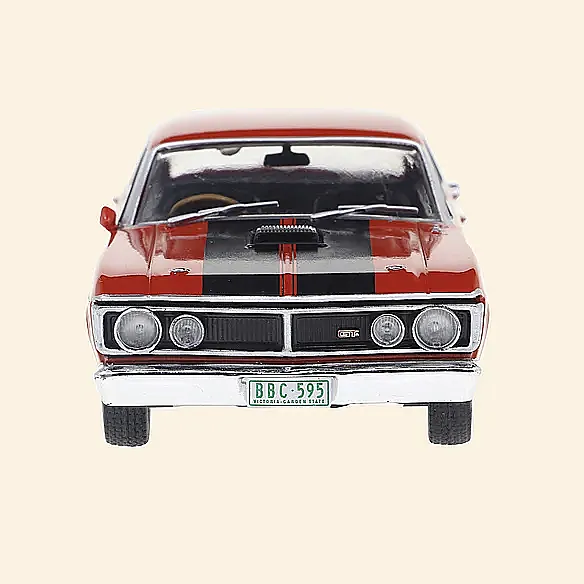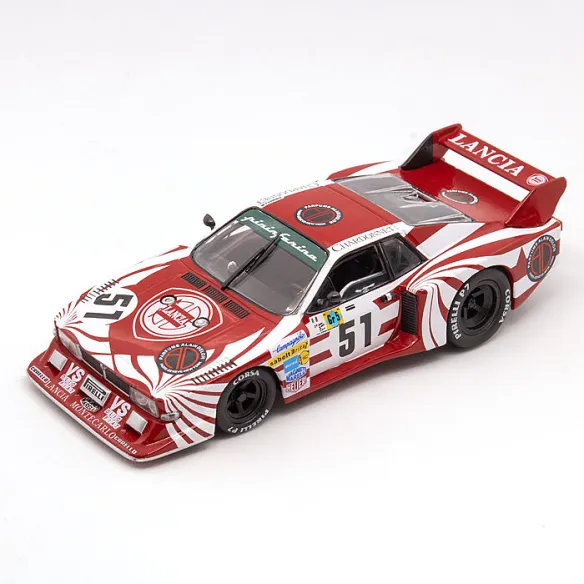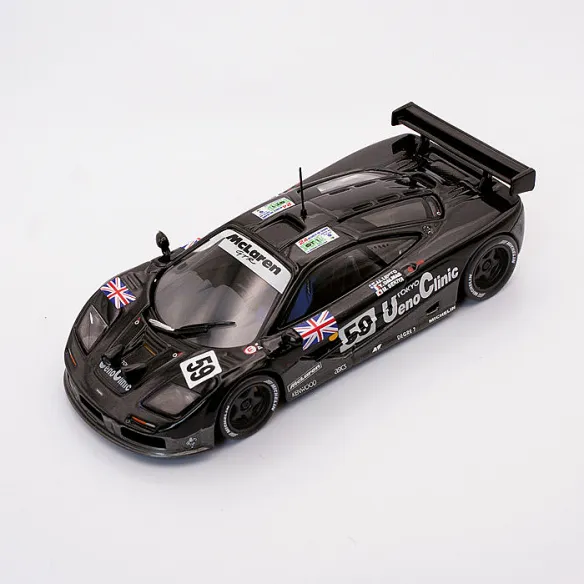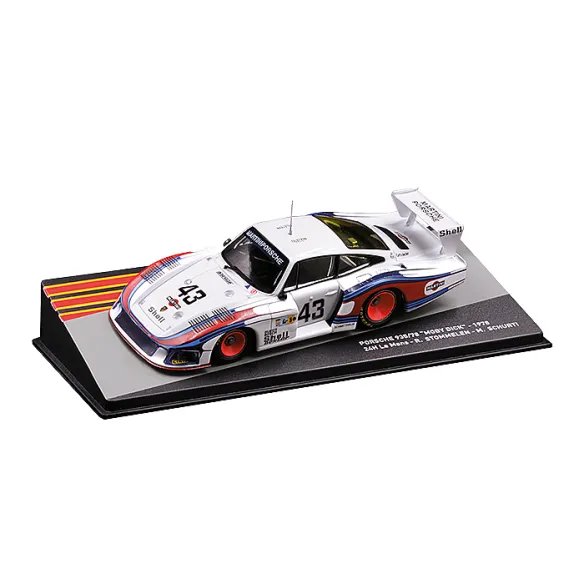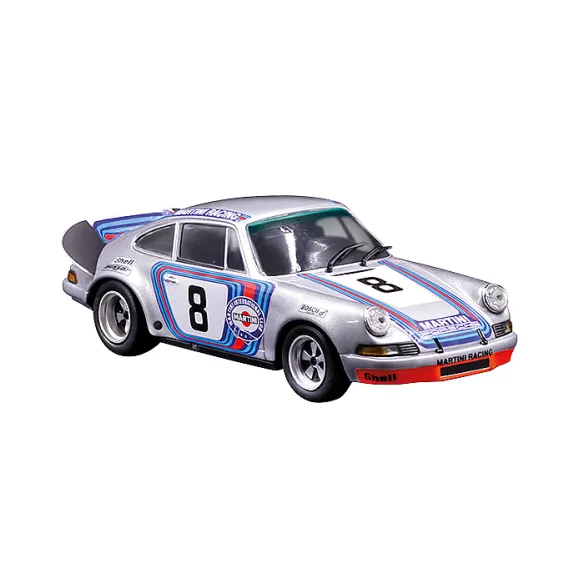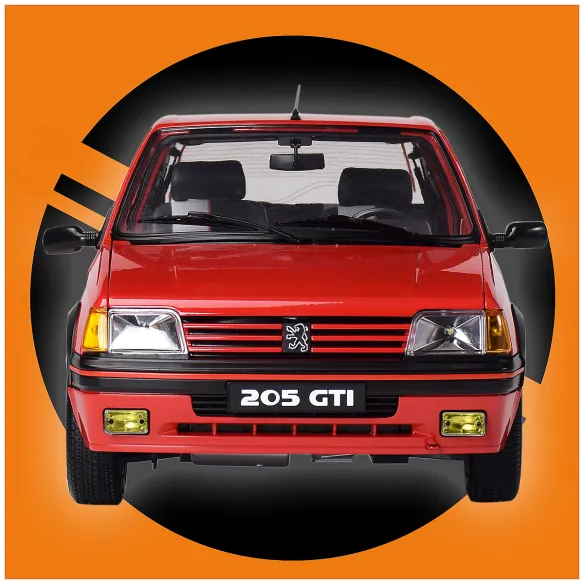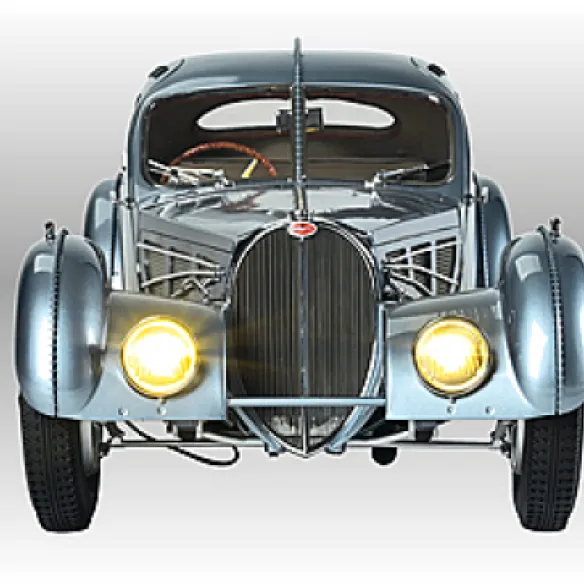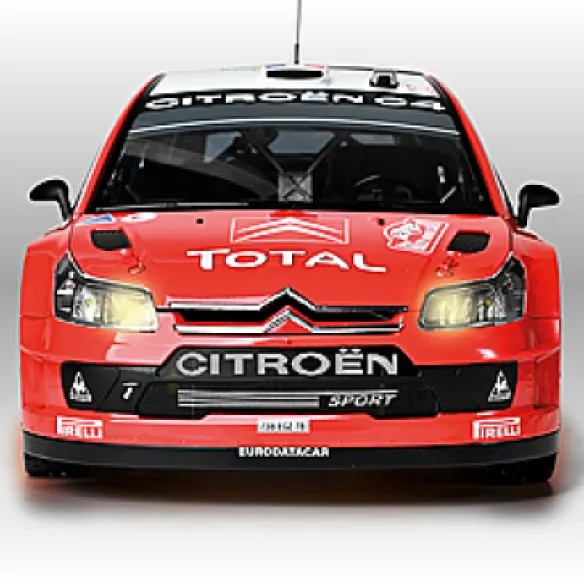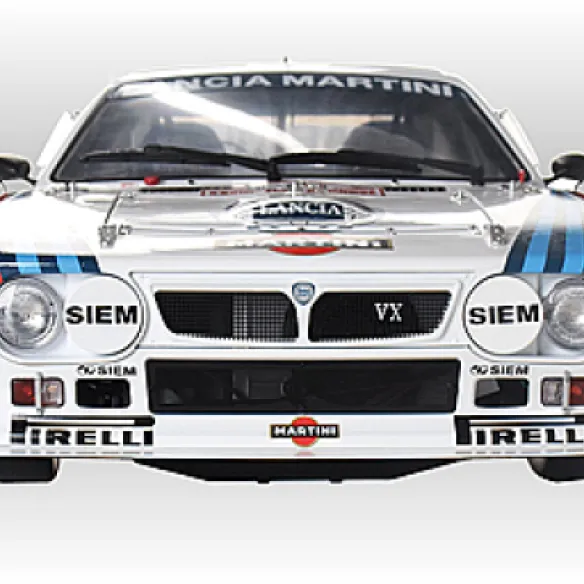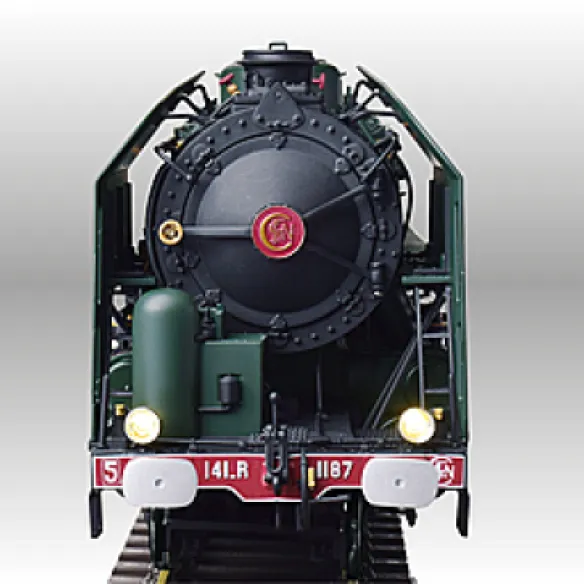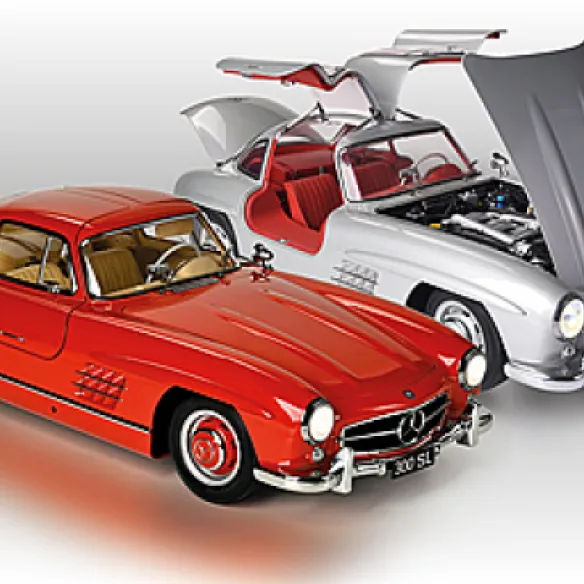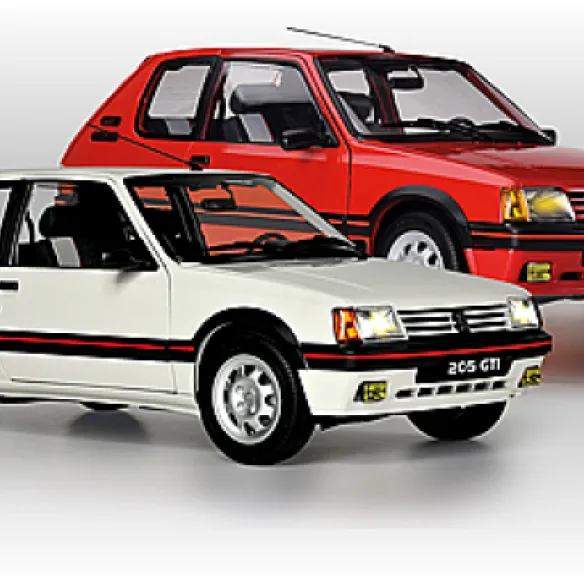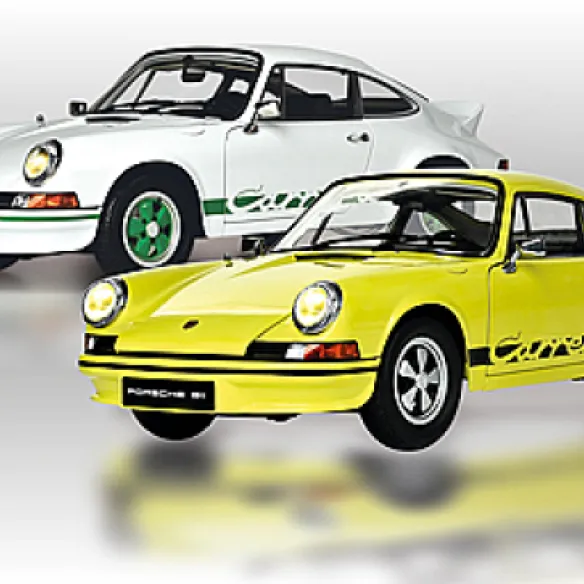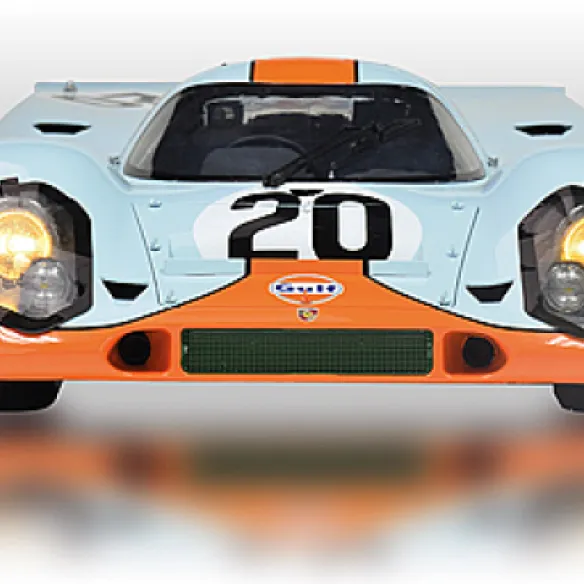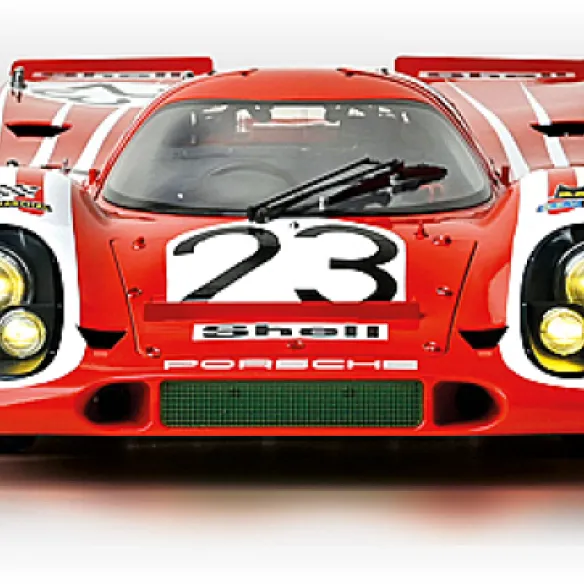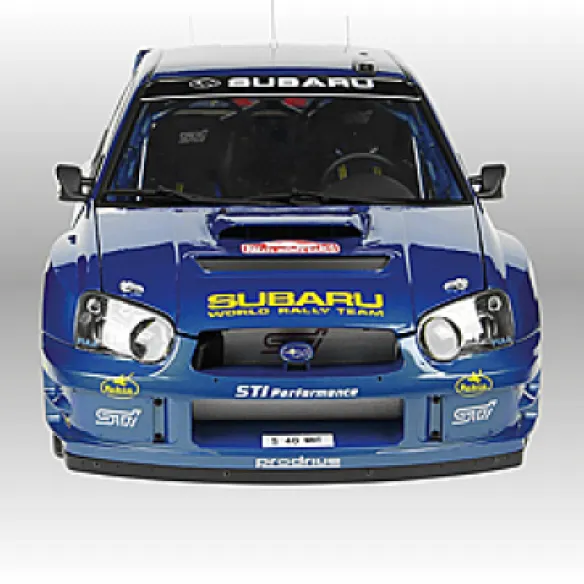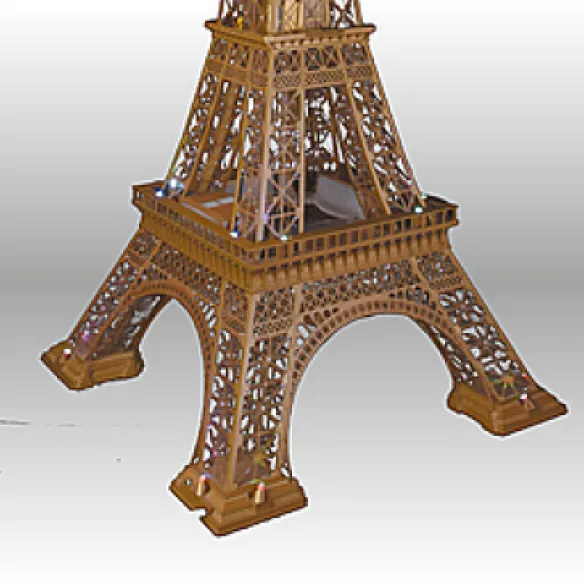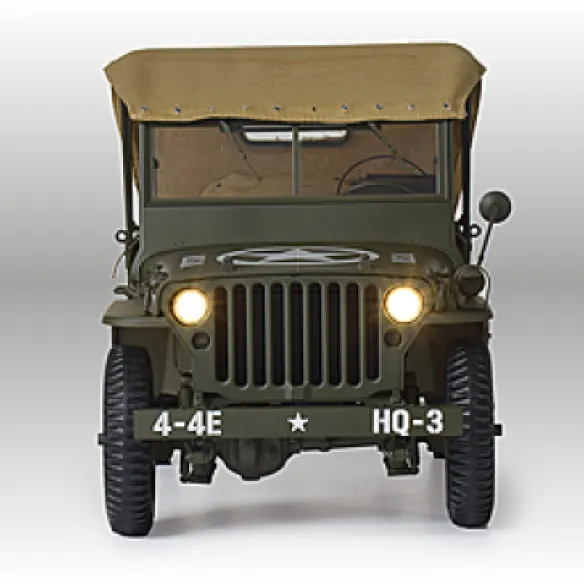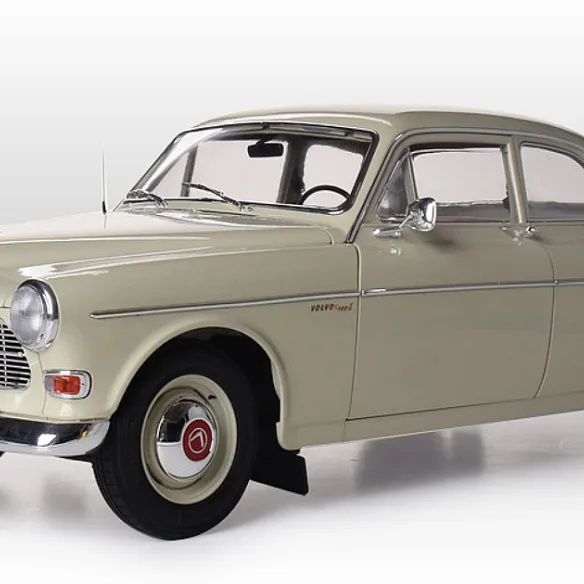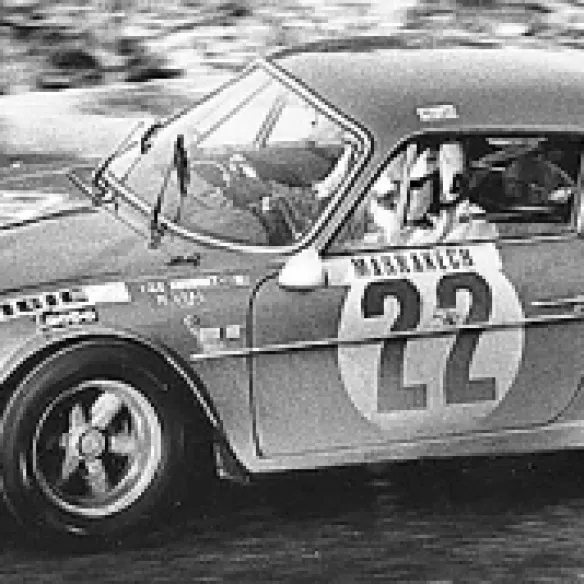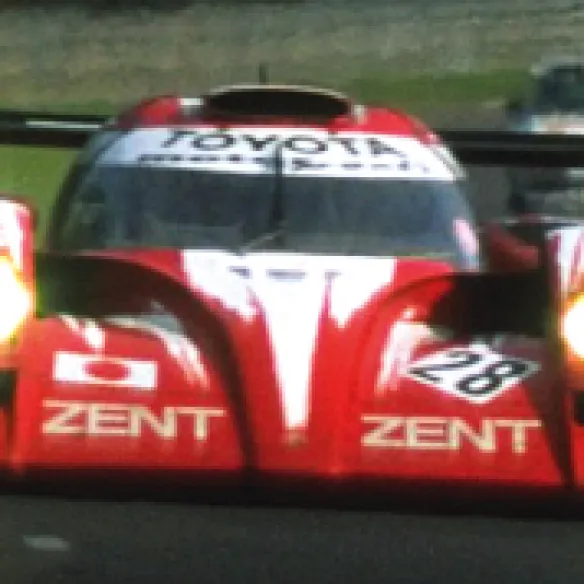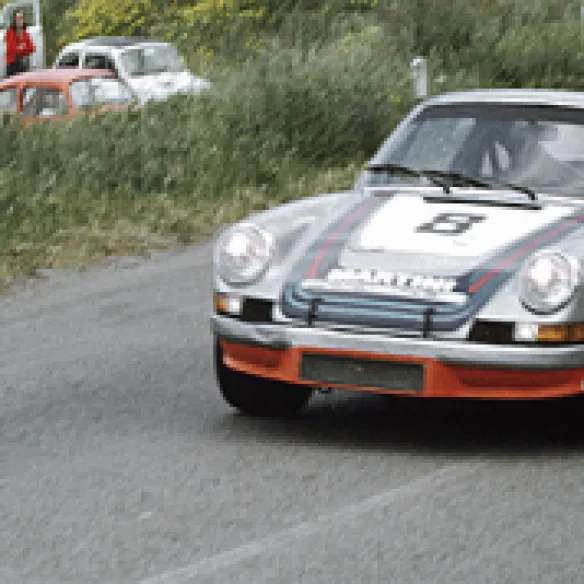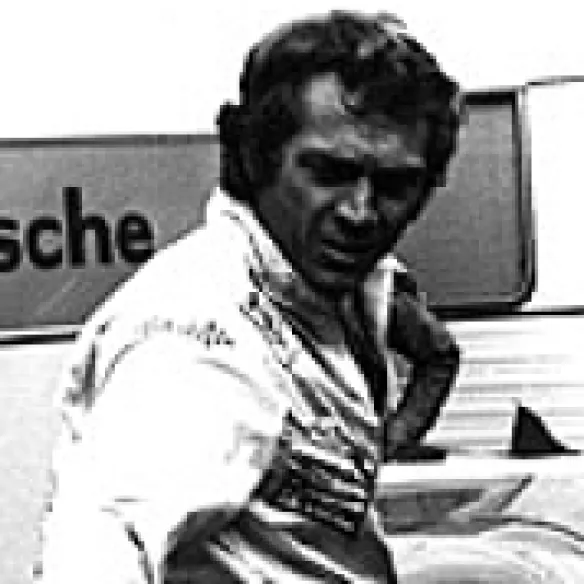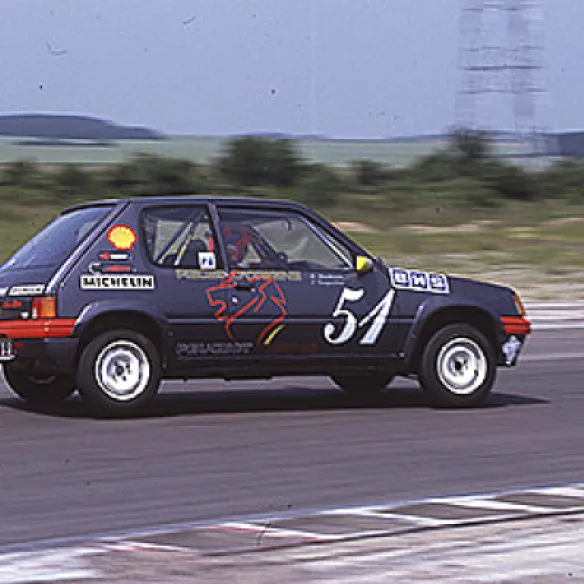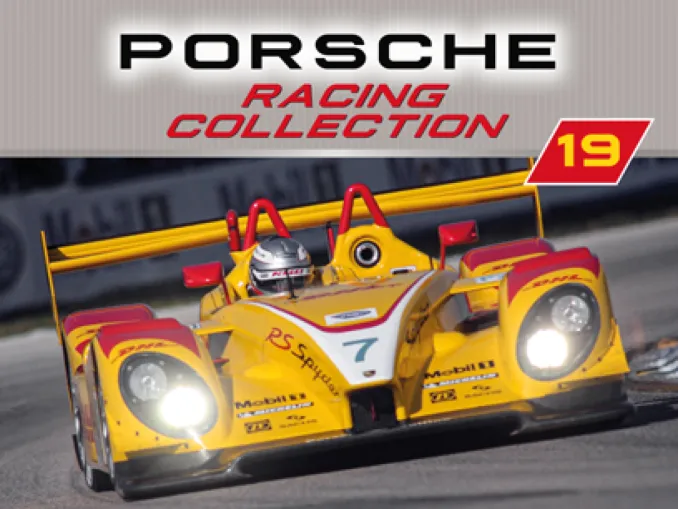
19/06/2025
Porsche RS Spyder - 2008
Designed for the junior LMP2 category, it is able to beat the big boys.
Read moreAs it did at Sebring in 2008, when it beat the Audi R10 TDI.
Throughout its history, Porsche very rarely ‘failed’ to produce a car. Even when the brand decided not to compete in the top category, it often created cars capable of challenging those in the premier class. The RS Spyder, which was launched in the mid-2000s, proved just such a car. While not replacing the 911 GT1, it was aimed at winning the LMP2 category, normally reserved for private teams, and consequently signalled the return of the Zuffenhausen-based firm in the endurance prototypes category following a break during which it preferred to concentrate on developing its first mass-market road car, the highly successful Cayenne SUV.
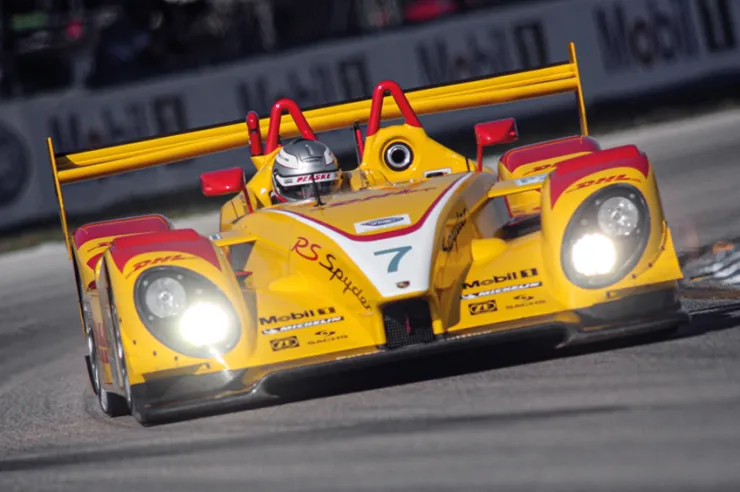
© IXO Collections SAS - Tous droits réservés.
ONCE IT ARRIVES, IT WINS, BUT AT SEBRING, THE EVO VERSION IS NEEDED
The debut of the ‘Type 9R6’, quickly renamed the RS Spyder, was more than encouraging. The car was designed to compete in the 10-round ALMS (American Le Mans Series) championship in North America. It shared the same technical regulations as those issued by the Automobile Club de l'Ouest (ACO) for the Le Mans 24 Hours, which at the time favoured the development of diesel-powered prototypes for the LMP1 category. Porsche had little interest in diesel and opted for the LMP2 class, which offered different weight and capacity limits and in which the brand planned to enter a highly competitive car. Its first partner was Team Penske, which entrusted its two cars to the teams Romain Dumas/Timo Bernhard and Sascha Maassen/Lucas Luhr. The car made its track debut at the 2005 4 Hours of Laguna Seca, but the 2006 season was the first full one in which the RS Spyder took 1st and 2nd places at Mid-Ohio, followed by 2nd and 3rd at Lime Rock, another 2nd place at Salt Lake City and a series of strong finishes which, at the end of the season, earned the Luhr/Maassen team the LMP2 Championship title.
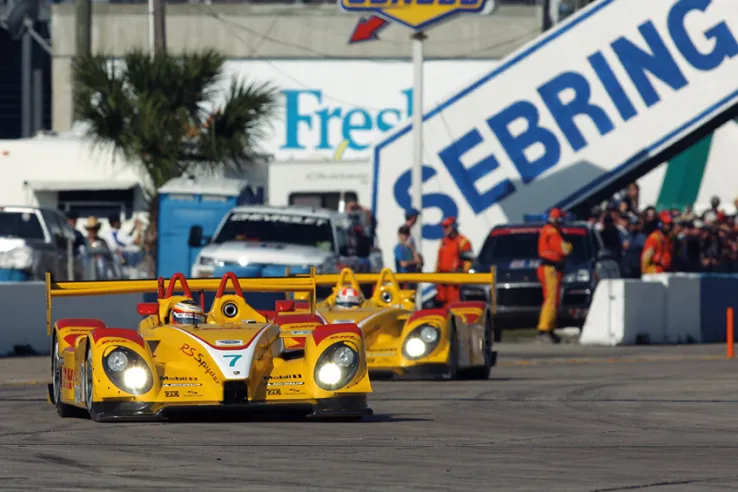
The Porsche RS Spyder Evo of Team Penske driven by Timo Bernhard is ahead of the N°6 car driven by his compatriot Sascha Maassen during the 2008 Sebring 12 Hours. © IXO Collections SAS - Tous droits réservés.
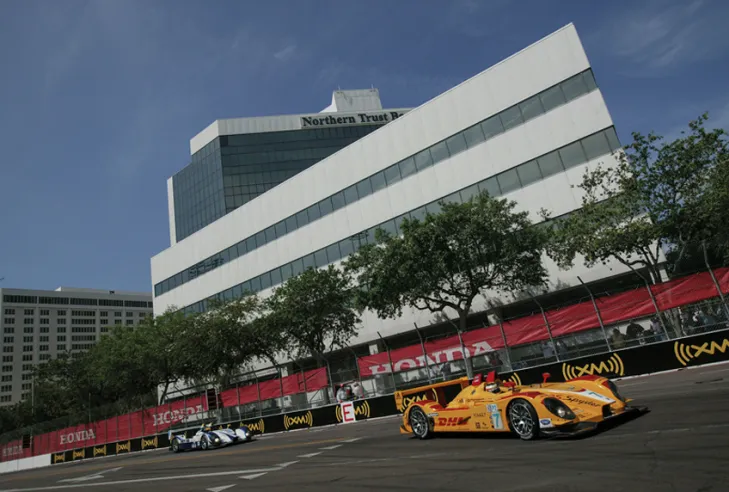
At the Acura Sports Car Racing event in St. Petersburg in 2007, the RS Spyder Evo driven by Romain Dumas and Timo Bernhard was closely followed by one of the Dyson team cars. © IXO Collections SAS - Tous droits réservés.
RECOGNITION IN 2008
For 2007, the car received a complete overhaul, with a new body and a stronger engine that now boasts over 500bhp. This Evo version continued its class wins with victories at Long Beach, Houston and Salt Lake City, a one-two finish at Lime Rock and Mid-Ohio, and further victories at Road America, Mosport and Detroit. For 2008, the regulations of IMSA (the federation which manages the ALMS) and the ACO followed slightly different paths: for LMP2 cars in particular, IMSA authorised a lower minimum weight and a larger fuel tank.
The RS Spyder required no major changes, so the number one objective of the season was to conquer the most prestigious race on the calendar, the Sebring 12 Hours. This time, there were no fewer than five Porsche RS Spyder Evo cars on the grid, with the Penske duo joined by two cars from the sponsored Dyson team and one from the Swiss Horag Lista Racing team. There was a long period of suspense, but in the end, Team Penske's RS Spyder no. 7, driven by Romain Dumas, Timo Bernhard and Emmanuel Collard, took the win ahead of the Dyson of Butch Leitzinger, Andy Lally and Marino Franchitti.
By a small margin, both cars were ahead of the leading LMP1 car, the Audi North America Audi R10 TDI driven by Tom Kristensen, Rinaldo Capello and Allan McNish. In addition, Team Penske also won its category at the St. Petersburg Challenge, ‘’home‘’ to rivals Acura, followed by Miller Motorsports Park at Mid-Ohio and Road Atlanta, where it once again claimed the LMP2 title. Meanwhile in Europe, the Van Merksteijn Motorsport team successfully entered the RS Spyder in the Le Mans Series and in the Le Mans 24 Hours, where the car finished tenth overall and first in the LMP2 class with the Dutch trio of Peter Van Merksteijn, Jeroen Bleekemolen and Jos Verstappen.
In 2009, the Essex-Poulsen team repeated this result with Casper Elgaard, Kristian Poulsen and once again Emmanuel Collard. In 2010, the last RS Spyder took part in the ALMS with the Cytosport team, which finished second in the team rankings.
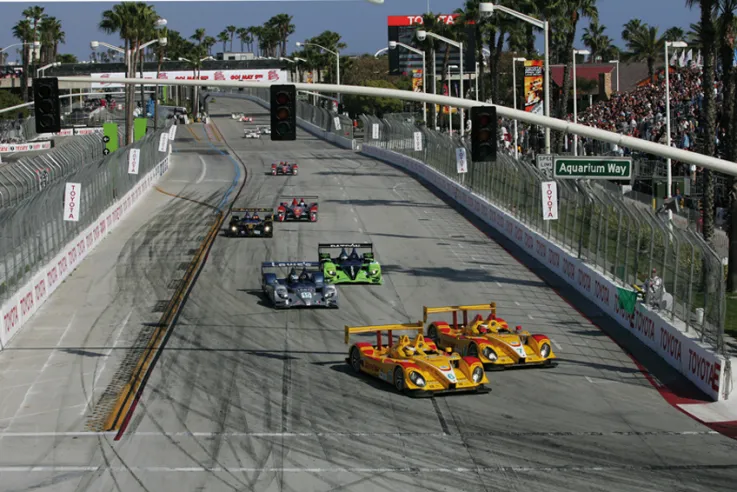
Long Beach 2008: a duel at the start between the two Penske Team Porsche RS Spyder Evo cars, No. 6 and No. 7, which finished fifth and fourth respectively.© IXO Collections SAS - Tous droits réservés.
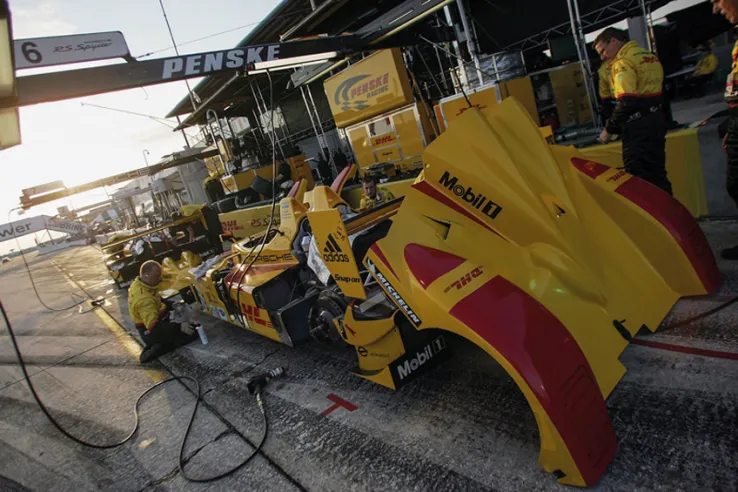
Another photo from Sebring 2008: the mechanics from the American Penske team carrying out final pre-race preparations on the RS Spyder Evo of Dumas, Bernhard and Collard, the eventual winners of the 12 Hours.© IXO Collections SAS - Tous droits réservés.
R. DUMAS, T. BERNHARD AND E. COLLARD
One of the first names that jumps into mind for endurance enthusiasts as part of the trio of winners of the 2008 2 Hours of Sebring is that of Romain Dumas. The French champion is not only a brilliant player in the discipline with a series of excellent results at Le Mans (first overall in 2010 with Audi, plus a GTE Pro category win in 2013 and second overall in 2016 with Porsche), but also a record-holder with a series of successes on the very dangerous Pikes Peak hillclimb, which he won four times between 2014 and 2018. The German Timo Bernhard has a similarly rich record: he shared victory with Dumas in 2010 and scored a second victory with the Porsche 919 Hybrid in 2017. He also won the Nürburgring 24 Hours in 2006, 2007, 2008, 2009 and 2011, and the Daytona 24 Hours in 2013. The third driver, Emmanuel Collard, achieved success in the European Le Mans Series in 2005, 2006 and 2011, again with the Pescarolo team.
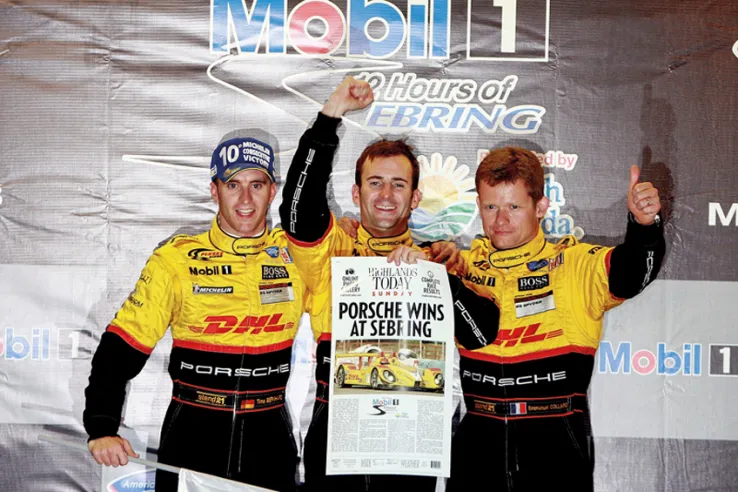
From left to right, Timo Bernhard, Romains Dumas and Emmanuel Collard celebrating their victory at Sebring on 15 March 2008. © IXO Collections SAS - Tous droits réservés.
Technical sheet
Recent articles

19/06/2025
Porsche 906 Carrera 6 1966
Having only just been homologated for sport, the german six-cyliner won the Targa Florio for a private team, beating its ‘official’ sisters
Read more
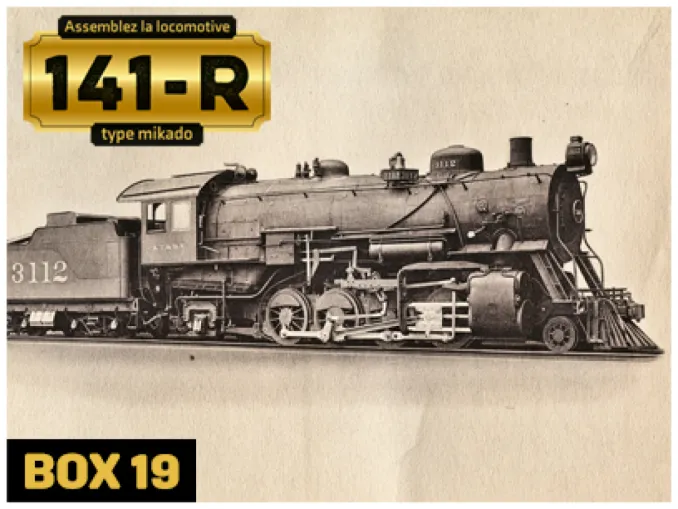
11/06/2025
THE 141-R: LOCOMOTIVE IN TWO “BATCHES”
On 5 October 1944, the first French mission went to the USA and received propositions from the American manufacturers, (...)
Read more
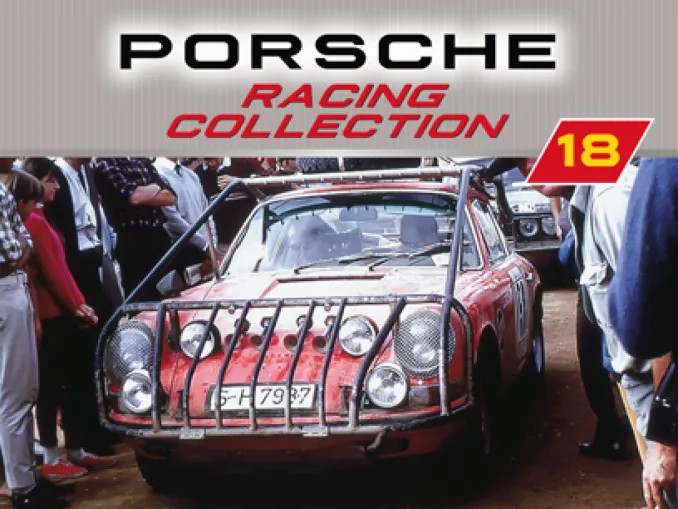
10/06/2025
Porsche 911 S - 1968
ASSIGNED TO ZASADA FROM POLAND, THE 911 COMPETING IN THE FIRST LONDON-SIDNEY RALLY PROMISES TO BE A FUTURE TRIUMPH
Read more


 English
English français
français Deutsch
Deutsch español
español italiano
italiano português
português